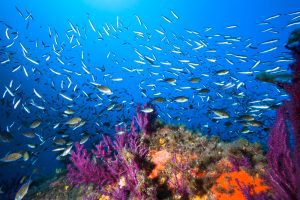Dr. Mike Heithaus, an expert on the interactions between predators and prey as well as the ecological significance of sharks and other large marine life, stated, “The majority of sharks pose no danger to humans unless they are disturbed or captured.”
“Even with larger species, the great majority of interactions do not pose a danger to humans.”
However, there have been many reports of shark sightings on the California, Oregon, and Alaska Pacific Ocean coasts.
According to the Shark Study Committee, a non-profit research group, the Pacific Coast of the United States is home to at least 34 different shark species.
Table of Contents
The different types of sharks found off California’s coast
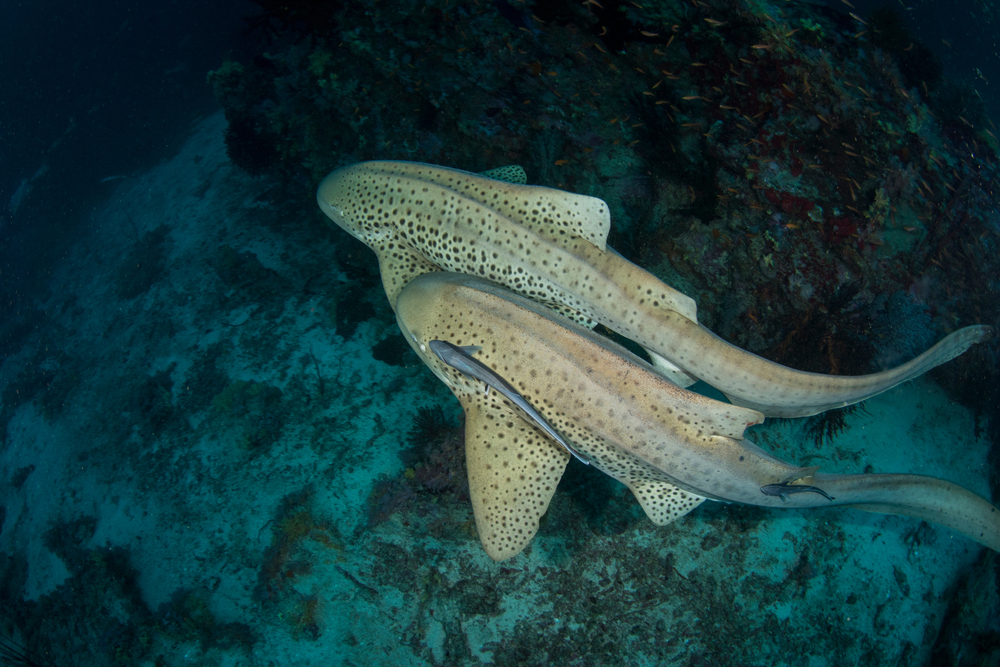
The various sharks sighted in these regions include the leopard shark, the megamouth shark, the smooth hammerhead, and the broad nose seven-gill shark.
These are mainly in the northern section of California’s Gulf and the waters between Oregon and Baja California.
Whale sharks, which may grow up to 40 feet long and weigh up to 40 tons, are occasionally spotted “off the coast of Southern California,” the Shark Research Committee says.
Coastal waters between the Alaska and California Gulf have also been reported to include white sharks, according to the committee’s findings.
They are mainly found in subtropical as well as temperate waters and the NOAA claims that these apex predators spend time both far out at sea and close to the coasts.
Government officials state that juvenile white sharks are prevalent in the northeastern Pacific zone.
That includes the Southern California Bight as well as the Vizcaino Bay area of Mexico. Since they spend so much energy moving across the Pacific, white sharks need to store up their fat reserves throughout their brief season of feeding in sanctuary waters, according to the NOAA.
Shark-bite risks in California
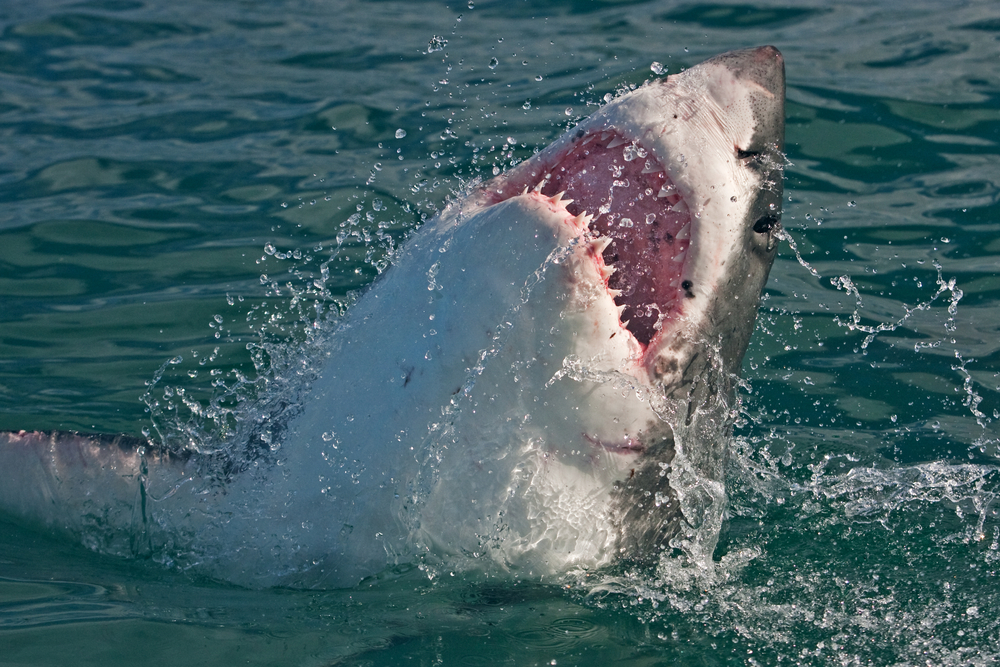
Although the risk of a shark attack in California waters is extremely low, the consequences of a shark attack are life-threatening and unforgettable.
Throughout California’s history, only 99 unprovoked shark attacks have resulted in 9 deaths (all or nearly all involving the white shark, Carcharodon carcharias).
This is way below the number of drownings, bee stings, and lightning strikes that kill people in California each year, which averages 1.8 attacks per year.
Faculty members and students at the California Academy of Sciences have researched the behavioral patterns of white sharks to better forecast the danger to humans.
Scientists at the University of California’s Davis Campus, Point Reyes Bird Observatory, among other institutions have contributed significantly to their understanding of White shark biology as well.
This research has reduced the likelihood of human attacks while also demonstrating the critical role that sharks play in marine ecosystems.
Which shark poses the most threat in California?
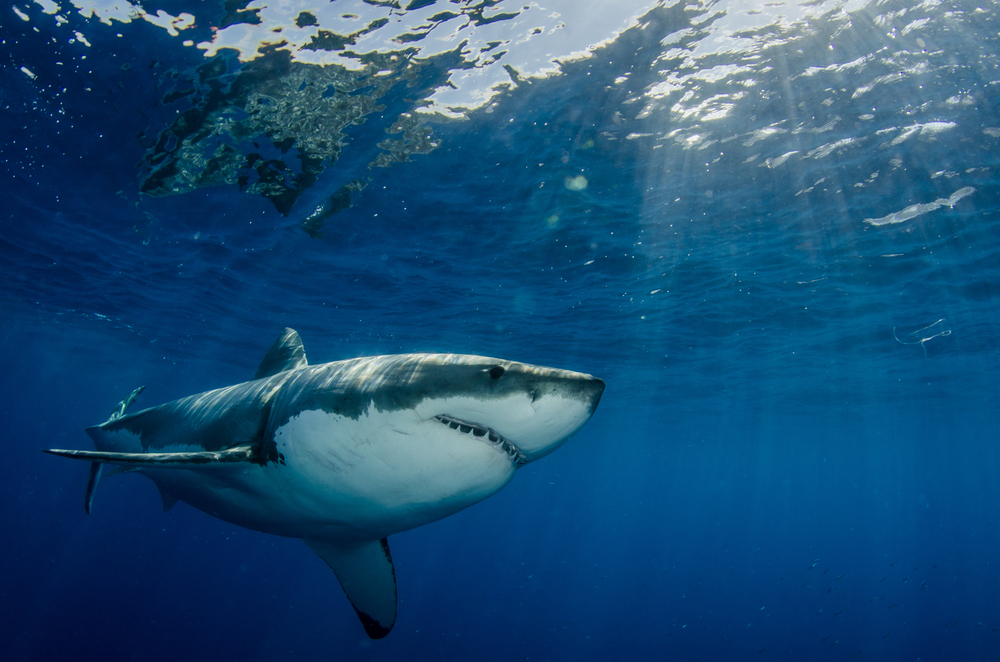
In California, the only shark species that poses a major threat to people is the white shark. White sharks can be found throughout the world.
However, they prefer cooler coastal waters for their habitat. In fact, you can find these sharks as far east as the Gulf of Alaska and as far south as Southern California’s Channel Islands.
You’ll come across white sharks also from Baja California, Mexico, all the way up to the northern tip of the state.
Pinnipeds (such as seals and sea lions) are a primary food source for adult white sharks, who hunt and bite their victims from underneath or behind before revealing themselves.
It is common for the victim to be pulled out of the water and then released by the shark. The shark will then attempt to eat the victim after patiently waiting for them to bleed to death.
An adult white shark’s weight ranges from one to three tons.
Shark bite occurrences in California
The majority of white shark attacks on people occur in waters between 10 and 30 feet deep along the coast.
When on the surface, kayakers, surfers, and swimmers are at the greatest risk of being bitten or injured.
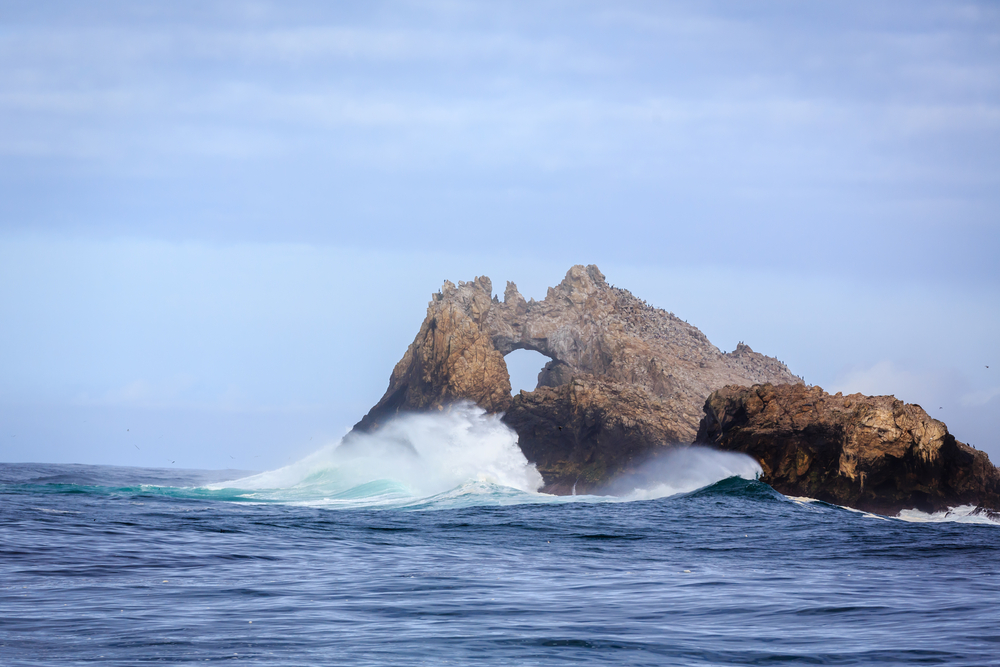
For instance, a shark might mistake the appearance of a surfer on a short surfboard for that of a basking marine mammal.
Attacks by white sharks aren’t just a random occurrence. Bird Rock, Tomales Point, and Farallon Islands, all in Marin County, as well as Ao Nuevo Island in San Mateo County, are all perilous places to visit.
When do white shark attacks in California happen the most?
Attacks by white sharks have happened throughout the year, but September and August are the most common months.
White sharks attack humans most often between the hours of 6 and 7 am.
Despite their ability to see color, white sharks don’t seem to distinguish prey.
That means they seem to only notice the victim’s surface image before attacking. Due to the “buddy system” helping to prevent most attacks, one should never venture into California waters on your own.
White sharks are important to coastal ecosystems because of their role as top-level predators in food webs, according to biologists.
Just as many other shark species, they are threatened due to overfishing and the degradation of their natural habitats.
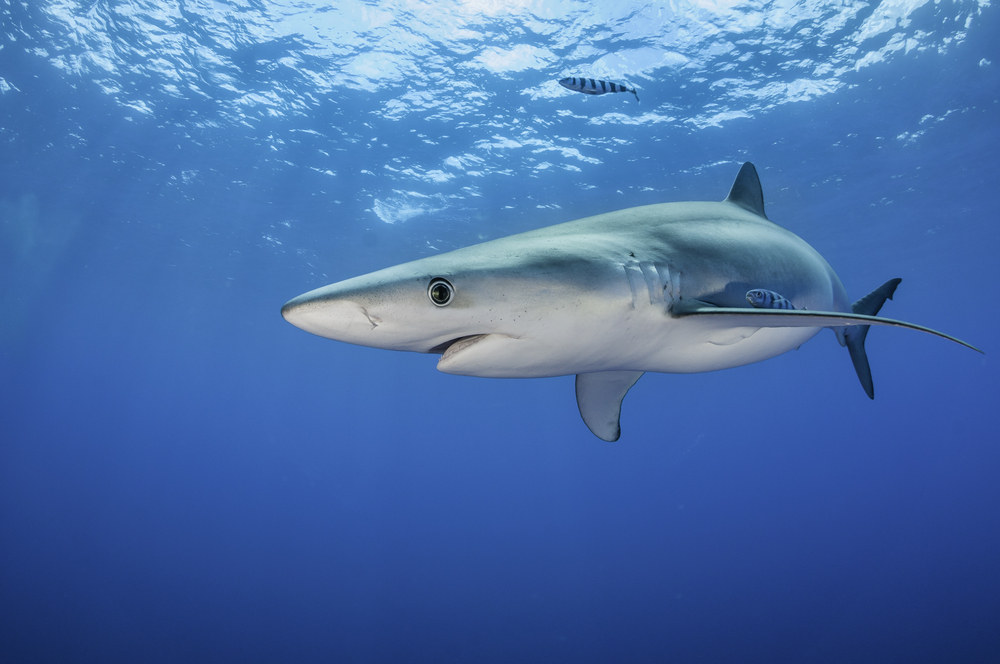
The most dangerous sharks in US waters
Dr. Gavin Naylor from the Florida Museum of Natural History, who is the Director of the Florida Program for Shark Research, said that “the most frequent [shark bites] are from requiem sharks that target schooling fishes,” such as blacktip sharks.
According to a Florida Museum of Natural History curator, larger species such as bull sharks, tiger sharks, and white sharks naturally represent the highest threat of more severe damage.
“A surfer or swimmer’s femoral artery could get severed by a bite from a white shark,” he said.
When asked about the most hazardous shark species, Dr. Heithaus, who is FIU’s dean of arts, sciences & education, claimed bull sharks, tigers, and white sharks are the three most likely to be encountered by humans on the ocean floor.
Shark attacks that have occurred in the US

Since 1837, the International Maritime Organization (ISAF) has documented almost 1,500 “proven unprovoked shark attacks” in the United States, spread across 21 different states.
Since 1837, 868 attacks have been documented in Florida, which accounts for the majority of the incidents.
Naylor, the director of the Florida Museum of Natural History, said: “Approximately 530 different types of sharks are known to exist in the world today.
Of the approximately 30 known species, 10 species are accountable for the vast majority (>90%) of human shark bites.”
How much of a threat are sharks to people?
Meanwhile, FIU’s Heithaus, said: “Sharks are less of a threat to people than driving to the beach in the great majority of regions.
Rip currents and other potential hazards are the same.”
Health circumstances like heart disease and flu, as well as automobile crashes and a lightning strike, have more possibility to claim a person’s life than a shark attack in the course of their lifetime.

That is evidenced by information from the International Swimming Federation (ISAF), the US Centers for Disease Control, along with the US National Safety Council.
Survival tips for shark attack victims
When attacked by a shark, Naylor advised Newsweek readers to “quickly leave the water and halt the bleeding” as the most critical step in surviving.
According to Naylor, “Take a break from your surroundings.”
When leaving the sea, keep an eye out for the shark.
“Direct pressure or a makeshift tourniquet can be used to halt the bleeding after you arrive at the shore.”
“Make an emergency phone call,” he continued. Additionally, avoiding “certain regions where we know great sharks concentrate,” as FIU’s Heithaus told Newsweek, is an effective approach to avoiding a shark attack.
“You may come across white sharks around sea lion or seal populations, so it’s best to stay away from them.”
“At dusk and dawn, predators tend to be more active. It is advisable to avoid regions where anyone is fishing and there is a lot of possible prey in the water if you are concerned about seeing sharks,” according to Heithaus.
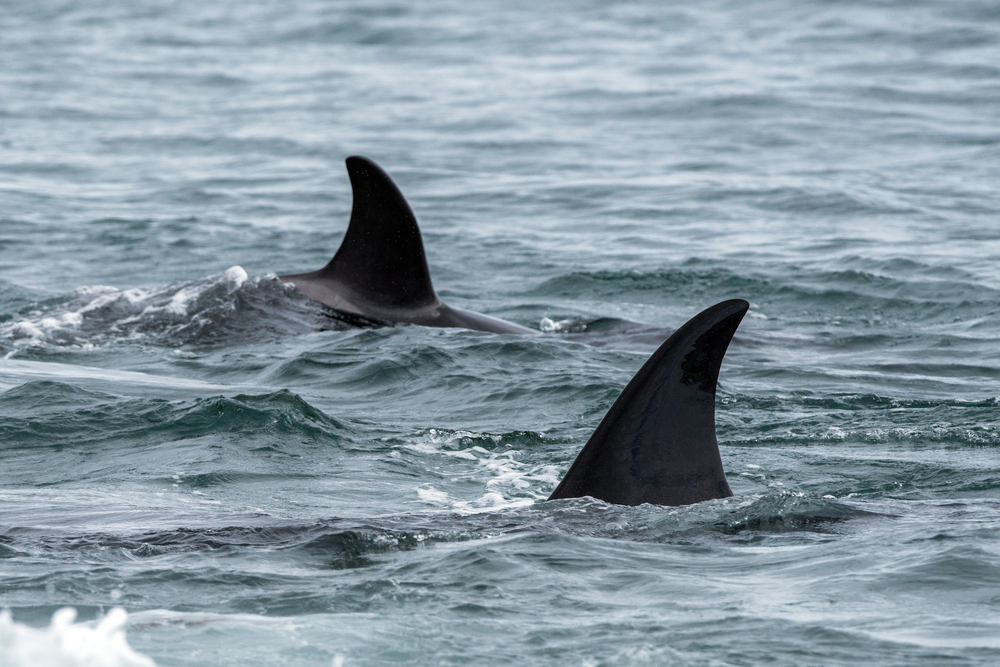
International recommendations for safety from sharks
The International Sailing Federation (ISAF) has put together a list of suggestions to help swimmers stave off shark attacks and remain safe in the water.
- Be sure to go for a swim with a friend
- Maintain a safe distance from the coast
- At dawn and dusk, avoid the water
- Take care not to get too close to fish schools or places where anyone is fishing
- When swimming, don’t wear any jewelry











